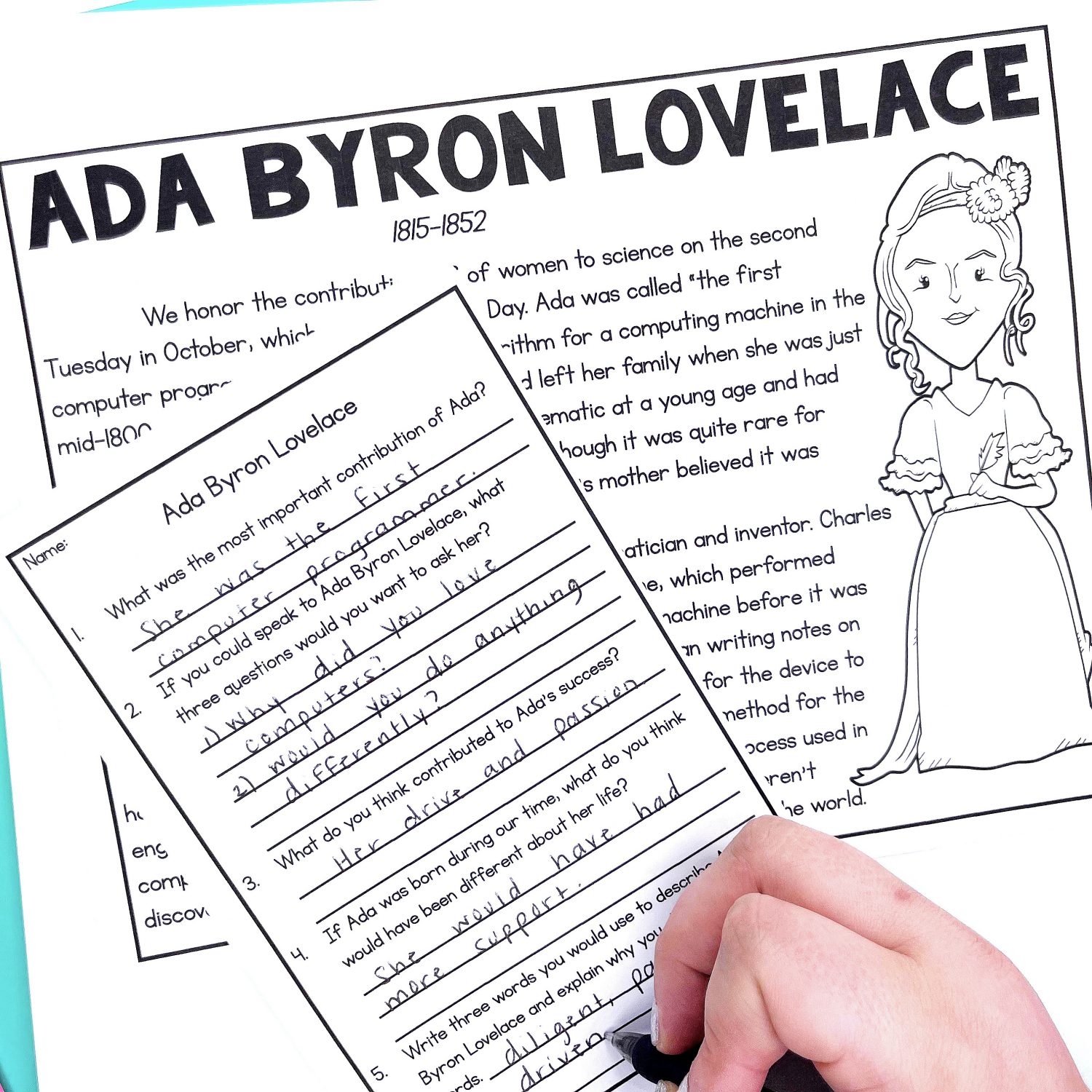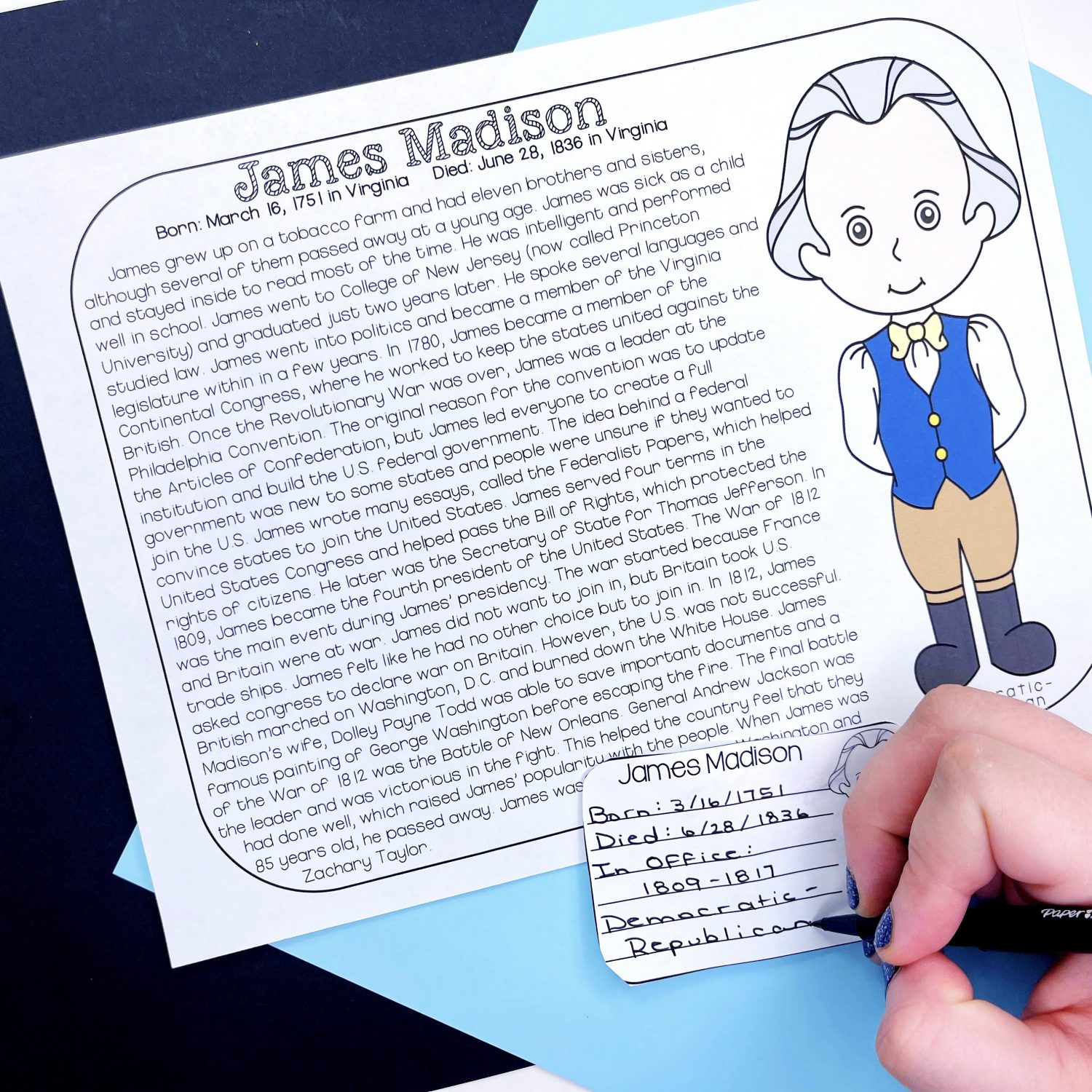When was the last time you asked a student about their favorite book, and they answered with a nonfiction title? I can’t remember a single time. Although there is so much value in nonfiction, it can seem really dull and boring to students. Nonfiction is critical to comprehension. Just think about how many nonfiction texts we read as adults, from recipes to informational blogs. In order to prepare our students for the real world, we need to get them authentically engaged with reading nonfiction texts.
Ways to Increase Engagement with Nonfiction
As I mentioned, getting students interested and engaged in nonfiction texts is critical to them developing those skills. But, how exactly do we engage them? Here are a few tips.
#1 Let students use fun tools. I don’t know about your class, but my students get excited over sticky notes. It really is the small things! Allow students to use highlighters in various colors, sticky notes, or even different colored pens. If you want to really make this fun, grab a set of finger lights from a dollar store and allow students to use them while tracking their reading. They can use these tools as they engage in close reading, just to add a bit of fun. Check out this blog post if you want to read more about close reading.

#2 Choose engaging texts. Believe it or not, there are engaging nonfiction texts out there designed for students. Choose texts about current events, read reviews for popular movies they like, or find texts about their favorite celebrities or athletes. This is where knowing your students’ interests will serve you well. Maybe you have students that really enjoy animals, and you can offer nonfiction texts related to the zoo or animal wildlife. Or, you may have students who thrive outdoors, and you can offer them texts about nature, plants, weather, or even natural disasters.
#3 Let students read with a buddy. When I read a fascinating book, the first thing I want to do is discuss it with someone else! This is totally normal, and we can easily foster this within our classrooms. You can also use this strategy to help students who may struggle with comprehension. If students are reading with a buddy, they can discuss as they read and decipher together what is going on in the text.
#4 Allow students to read to another class. Students can act as a mentor and practice reading with another class. You can pair your students with a younger student to “show off” their reading skills, or pair up with older students to be exposed to higher-level thinking skills.
#5 Go cross-curricular. Did you conduct a science experiment recently that had students excited? Choose a nonfiction text about that topic! If students are particularly interested in a historical event during social studies, use that to your advantage by choosing nonfiction texts related to that topic for reading. Here are some ideas for integrating science and literacy together.
Engaging Nonfiction Texts
Not sure where to start with nonfiction texts? No problem! I have curated a list of nonfiction texts my students have loved.
#1 Women in Science
Women in science have done some incredible things throughout history! Introduce students into the amazing inventions, discoveries, and accomplishments of Sally Rise, Katherine Johnson, Alice Ball, and many more.
The Women in Science resource is perfect for middle school students and includes 28 nonfiction texts and comprehension questions for each. You can go even further with this activity by creating a timeline, creating a Women in Science bulletin board, or practicing close reading skills.
#2 High Interest Close Read Passages

Middle schoolers love reading about weird and interesting topics, so let’s lean into that curiosity. These High-Interest Close Reading Passages cover topics like bruises, boogers, burps, baby teeth, and more. Your students will be cracking up while reading – and even learning a thing or two! Graphic organizers are included in the resource to help take these passages even deeper.
#3 Science Nonfiction Texts

Science texts provide the perfect opportunity to go cross-curricular with reading. You can incorporate these with a science lab or use them independently during ELA.
My Science Passages bundle has 47 nonfiction texts that cover every single 5th grade science standard. The passages are high-interest for students and low-prep for you, so you’ll be able to easily introduce or review chemical energy, magnets, and more while reinforcing nonfiction reading skills.
#4 Holiday Reading Comprehension Passages
Holidays are a great way to get students interested in nonfiction passages. You can channel excitement about an upcoming holiday or get students sharing about their favorite holiday traditions with a seasonal passage.
Practice nonfiction skills while reading about holidays like MLK Day, President’s Day, Valentine’s Day, and St. Patrick’s Day with these Holiday Themed Reading Passages, which also include comprehension questions.
#5 US Presidents Nonfiction Text
Middle schoolers may not seem interested in social studies at times, but that’s because they need it presented in an interesting way. And when they learn about the presidents, they get to see a whole new side to history!
Invite students into the worlds of the US Presidents with this Biography Resource. After reading, go even further by creating a Presidential Yearbook, complete with information about every president. Allow students to pick their president, review them all, or assign them to different groups.
#6 Famous Inventors
It’s so fun to introduce students to the people who invented some of their favorite things. With the Famous Inventors Resource, students will read about inventors like Steve Jobs, the Wright Brothers, and George Washington Carver.
Use this resource to highlight an Inventor of the Month, complete the nonfiction texts in stations, or have students choose an inventor to research further. Any way you choose to use it, students will enjoy reading about the people behind the iPhone and airplanes.
We know that reading nonfiction texts is super important because being able to read and comprehend them will help students be prepared for all sorts of real-world reading situations. I hope that you were able to find some ideas to keep nonfiction reading engaging and fun for your students!







Leave a Reply